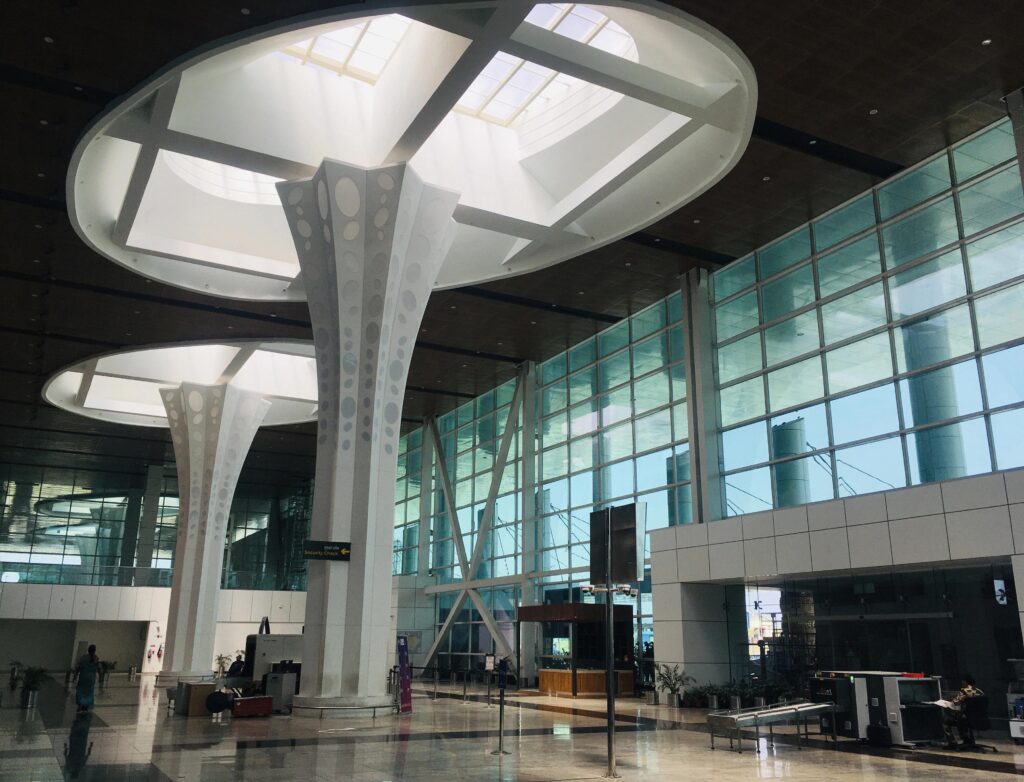
As India’s aviation sector rapidly expands into Tier 2 and Tier 3 cities, maintaining high standards of airport hygiene has become both a logistical challenge and a strategic imperative. From robotic cleaning systems and sensor-based fixtures to manpower limitations and evolving compliance norms, the complexity of airport facility management is increasing with each takeoff. This in-depth feature from Clean India Journal explores how regional airports like Ayodhya, Pune, Trichy, and Ahmedabad are redefining hygiene through a blend of technology, planning, and people power. With case studies spanning automated cleaning, green design and agile staffing models, the report highlights how smart facility management is becoming mission-critical in ensuring safe, clean and passenger-ready terminals across the country.
As India’s aviation sector expands across metro and tier II & III cities, the load on airport hygiene systems is more pronounced than ever.
From managing unpredictable crowd surges at Tier-2 airports to integrating robotics in sprawling terminals, the pain points are consistent: manpower limitations, delayed security clearances, misuse of sensor-based fixtures and a rising demand for cleanliness meeting compliance and comfort.
Through a cross-section of case studies from the fully automated systems of Ahmedabad to the people-led adaptability
of Ayodhya, Clean India Journal interacts with airports, as they redefine cleanliness to a strategic, real-time response system.
Each of the stories in the following pages reveals an unique formula. Pune’s green-led master planning, Trichy’s scale-ready
infrastructure, Ayodhya’s preparation mode, DTSS’s flexible manpower tactics and Tenon’s high-control zone delivery — all
anchored in real-life operational pressures. Together, they paint a larger picture of how India’s airports are not only responding to hygiene demands, but setting new benchmarks through design, technology and planning.
As passenger expectations rise and the spotlight on public hygiene sharpens, airport facility management is no longer
invisible. It is central, visible and mission critical.
 CIJConnect Bot-enabled WhatsApp
CIJConnect Bot-enabled WhatsApp









